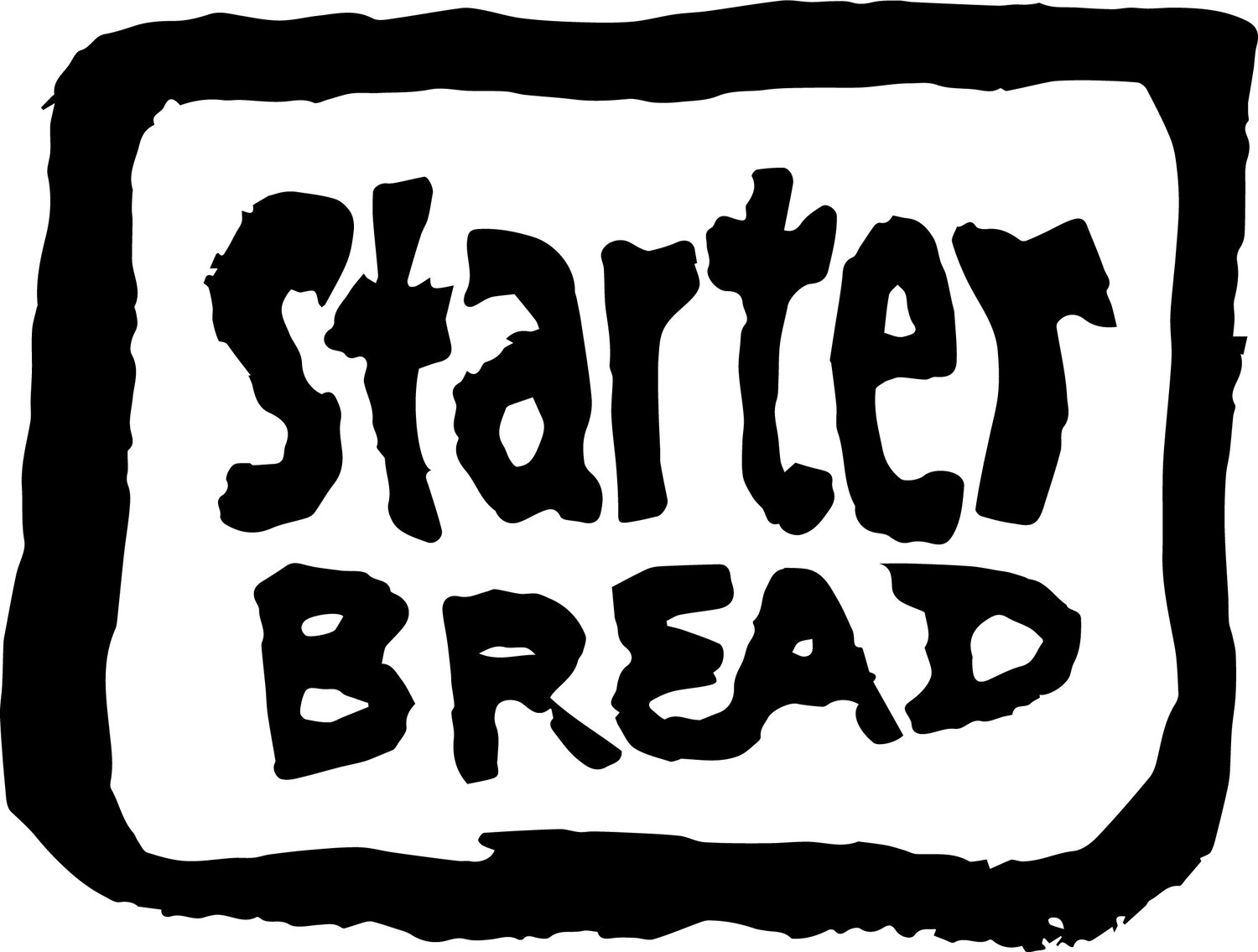Wapato Wheat
I’ve gone down the rabbit hole, or maybe mole hole is more fitting here in Portland. My friend Christine, a photographer who farms flowers on Wapato (Sauvie) Island, reached out a few months back and asked if I wanted to grow wheat. She recently moved to a larger plot of land, and was looking for ways to help with the rent while building some intentional community. Her vision is grand and spirit generous. I said YES! Of course this is where I’m at - I’ve been diving deep as a baker and investigating everything from milling to grain growing, visiting farmers and asking all the questions. I learned just how chemically intensive and extractive wheat growing tends to be, and how it’s done at gargantuan scale with an intimidating amount of infrastructure and heavy equipment. For the past few years I’ve planted grain in our home garden with the intention of observing it’s lifecycle. I wanted to understand when wheat gets planted (winter or spring), how it matures, and even process it by hand with simple tools the way peasants have for most of time. Now I’m gardening on a larger scale: 1/2 acre (about half of a football field)! The land has been fallow (out of use) for about 5 years. It was in intensive peony production previously, so a long rest is helpful start. I quickly learned, however, that going from fallow pasture into grain growing is problematic. The main issues are grassy weeds and a pest called wireworms that love cereals. I was initially thinking of planting in rows and weeding manually (long walks through the wheat each week didn’t sound so bad). I’ve since opted to broadcast the grain, which simply means dispersing it by hand while walking up and down the lightly broken soil. This is the plan, but not before a season of cover crop to help suppress some weeds. The cover crop, in my case a mix of clover, vetch, rye, oats, and triticale, should speedily blanket the field, outcompeting weeds for sunlight. It goes in the ground right now in fall, grows a bit before the cold halts most growth, and continues on in early spring until we till it back into the soil slowly with the tiniest tractor. This added organic matter benefits the soil, which will feed our wheat and barley planting. Clover and vetch are legumes - just what’s needed to prime our cereals! The grains (oats, rye, and triticale) are fast growing, winter hardy plants that will add biomass. Step one was to mow and till the field to break up the grass and weeds as much as possible. I grew up playing hockey and always dreamed of one day driving a zamboni (every rink rat’s dream?). Operating a tractor has to be at least as fun, with much better views. 10/10 love this Kubota tractor!!!Step two is planting the cover crop! Couldn’t be happier to get this in the ground, and not a moment too soon. I used a manual crank Earthway broadcast seeder. It has a bag that feeds seed onto a moving plate, which launches the seed 10 feet in all directions while the operator walks a steady line and turns the crank. After getting the seeds onto the soil, you have to rake it in. Rather than invite all my friends to rake for hours, I chained a spare length of metal fence to the back of the tractor and weighed it down with some pavers that were lying around. One pass over the ground covered it just so, now ready and waiting for the rain to continue…remember this is all to grow grain, which won’t get seeded until spring. And not before tilling in this cover crop, adding some manure (from happy cows on the island) and a biochar compost tea (from Cuauhtemoc, an indigenous permaculture expert on the island), and allowing even more time. I am investing my energy into the soil in hopes of attracting earthworms, storing moisture for the seasons ahead, and fueling a nutritive food crop that I might one day mill into flour, ferment into bread, and share with folks in my small community. Thanks for reading!

